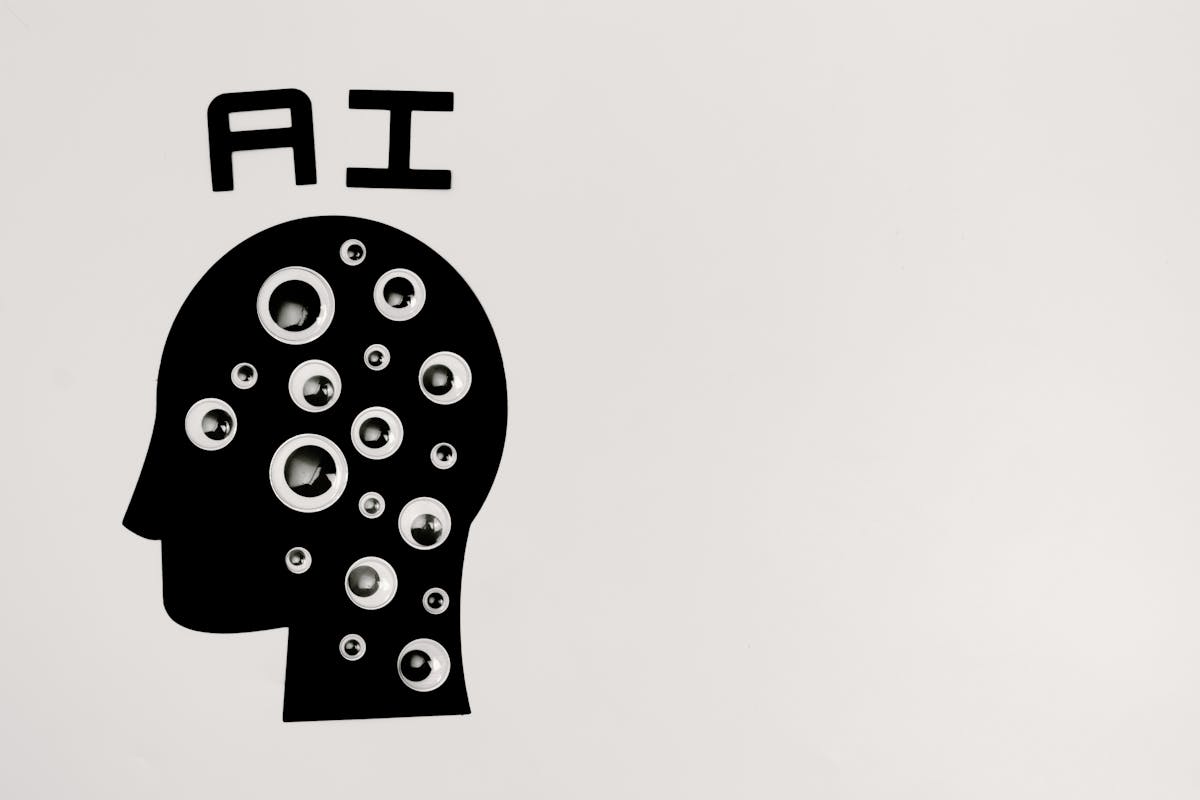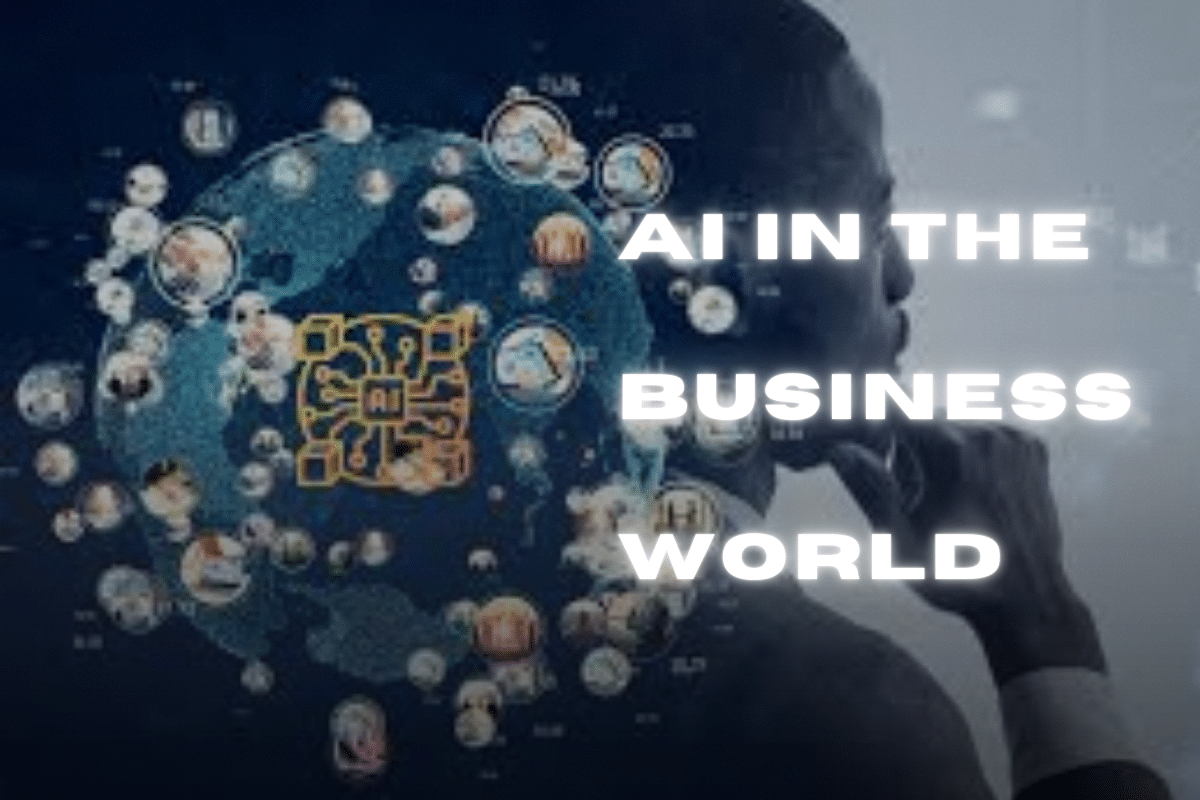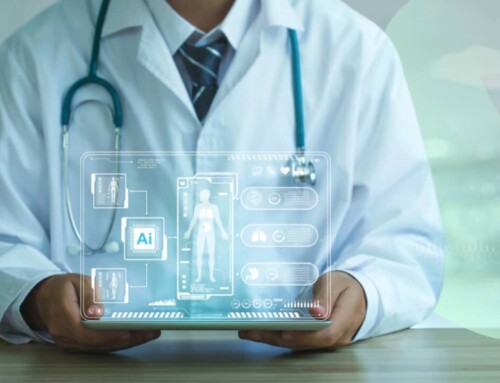Gone are the days when AI was considered a threat to humanity, and the most accurate image of AI we had was from the Terminator franchise. It was far from reality and the widespread adoption of Chat GPT proved that.
However, Sarah Connor was right about AI taking over the world. It has, just not in the way she meant it. Or maybe, this is exactly how it begins. Who knows?
For the time being, let’s be positive and look at how AI is transforming the business world.
What is AI?
Artificial intelligence can be described as the capacity of a machine or computer system to carry out tasks that typically require human intelligence. But, it is not as simple as it sounds. AI models use technologies like machine learning to interpret big data. This data is then used by decision makers to automate decisions and take actions.
AI itself is a broad term. It is used to refer to any system that is capable of learning, planning, and solving problems on its own. There are four basic key components of AI, as given below.
Key components of AI
1- Learning
AI systems work by acquiring data and then using algorithms to convert that data into actionable insights. This process involves both supervised and unsupervised learning. AI systems learn from labeled data sets or discover patterns independently.
2- Reasoning
AI systems need algorithms to make logical decisions and for problem solving. This helps them perform human-like reasoning.
3- Self-Correction
AI systems continue to learn as more and more data is fed to them. The more and latest data they acquire the better their outputs and accuracy become.
4- Creativity
AI systems utilize neural networks to perform more creative tasks such as generating text, images, or music.
If you’re wondering how AI works, then the next section is for you.
How Does AI Work?
AI, in simple terms, works by combining large amounts of data, also known as Big Data with algorithms. This allows them to learn from patterns and make independent decisions and predictions. Here’s a simple breakdown of the process for you.
1- Data Collection
AI systems need big data to learn and improve. This data comes from various sources. Sources such as, user interactions, sensors, and databases. If you are wondering where this large amount of data comes from. You’ll be surprised to know that 328.77 million terabytes of data is being produced everyday in 2024.
Every time you scroll through social media, share something, give a like, or leave a comment, data is produced.
2- Algorithms & Learning
AI needs algorithms to analyze and process data. These algorithms have two types.
- Machine learning: This involves supervised and unsupervised training models to improve performance overtime. Supervised learning is done using labeled data and unsupervised learning entails allowing AI to identify patterns on its own using unlabelled data.
- Deep learning: It is considered a subset of machine learning that utilizes neural networks to process data in layers. This mimics how our brain works. This training method is mostly used for tasks like image or speech recognition.
3- Pattern Recognition
AI systems are able to identify different patterns and correlations between data, once they have analyzed enough of it. For example, in image recognition technologies, AI differentiates between objects using insights gained from analyzing numerous images and their features.
4- Decision Making
AI is also capable of making decisions and predictions. It does that by analyzing and identifying certain patterns. One example is the recommendation systems in e-commerce sites. These systems identify user patterns to understand their interests and preferences and then suggest products the users are most likely to buy.
5- Feedback Loop
Feedback loops are often incorporated into AI systems to refine their algorithms. AI systems adjust their output according to the data they collect and the feedback they receive. This improves their accuracy and efficiency.
All these processes need to work in tandem for AI systems to work efficiently.
AI in The Business World
Artificial Intelligence has changed the way businesses see their internal and external processes. This is true for multiple industries from healthcare to banking, engineering and transport. Here are a few ways AI has been transforming the business world.
1- Using Big Data
Big data in businesses is used for various purposes, like
- Developing business strategies
- Exploring new markets
- Reaching new customers
- Promoting products
- Optimizing workflows
- Lowering overall business costs
Businesses collect large amounts of data to get insights into user behaviors. They use channels such as cookies, social media, and surveys to collect this data. This data is then segmented into large data sets. These data sets labeled or unlabeled are then used by AI systems to provide insights that help businesses make decisions.
One such example of a business using AI to benefit from big data is Amazon. Amazon uses advanced AI systems for predictive analytics based on large data sets.
The larger the data sets provided to AI systems, the more accurate and closer the predictions are to reality. The only catch is that the algorithms have to be placed correctly. This helps businesses suggest products that you may be interested in.
2- Increasing Personalization
As consumers, we often get offers tailored to our preferences. This is because 63% of consumers expect personalized interactions from a brand/business.
Business giants such as Google and Amazon understand the importance of personalization for their consumers. That is why they offer products that promote personalization. They do that by creating AI algorithms that analyze data to understand user behaviors. This allows these businesses to customize their products and services according to consumer needs.
Another way modern businesses promote personalization is through personalized marketing campaigns. They use algorithms to identify key insights into user behavior and then utilize those to create personalized campaigns.
3- Automation
AI algorithms help businesses automate their internal and external processes. This leads to an increase in overall productivity and business growth. Thanks to machine learning, algorithms can be trained to automate tasks such as manufacturing and maintenance.
AI systems can also analyze operational data, identify bottlenecks, and suggest improvements. This helps brands automate routine tasks, leading to increased productivity and efficiency.
4- Reduced Costs
The notion that modern technologies, especially AI is expensive, can not be further from the truth. It becomes clear when you consider the fact that AI helps businesses reduce costs.
Businesses use AI systems to reduce mundane tasks and automate resource allocation. This helps them reduce operational costs. This makes AI an attractive prospect for businesses to implement.
5- Improved Cybersecurity
Cybersecurity has become a major problem. Even tech giants like Microsoft and Govt’s official websites are not safe from it. Based on statistics 2,220 cyberattacks occur each day. This magnitude means that cybersecurity threats are not a human-scale problem anymore.
This means that more and more businesses are relying on AI tools to reduce or mitigate the risk of any data breaches and improve overall data security. You may find it strange to rely on computer programs to improve security for the computers themselves. However, here’s an even stranger fact. According to a recent study from infosec, nearly 74% of data breaches happen due to human error.
AI Usage in Business
AI has become a hot topic in the business world for the past few years. It is due to the widespread adoption of AI in the business sector. The growth of AI is evidenced by several compelling statistics. Here are some stats highlighting AI’s increased adoption and impact across industries.
- The AI market will reach $407 billion globally by the year 2027, at a CAGR of 36.2%.
- AI will contribute to an astonishing 21% net increase in the US GDP by the end of this decade.
- 22% of firms are aggressively integrating AI into their technologies and workflows.
- 64% of businesses believe that AI can increase their productivity.
- 25% of companies adopt AI as a result of labor shortages. This proves AI’s role in optimizing operations.
- Businesses that implement AI can expect a 6 – 10 percent increase in revenue on average.
- 80% of Fortune 500 businesses had adopted Chat GPT by August 2023.
- 46% of American companies reported saving between $25,000 – $75,000 using Chat GPT.
- 55% of business leaders say their organizations have adopted AI to gain a competitive edge.
- 79% of corporate strategists believe that AI technologies will soon become critical for their success.
Final Thoughts
There is no doubt that we are currently living in the AI revolution. The stats given above prove there is no question that AI is transforming the business world. As for how? So far, it seems like AI is a friend. But what if Sarah Connor was right all along? And this is how AI starts taking over the world? The answer to these questions lies in your imagination.
As far as reality is concerned, AI helps businesses from various industries use Big data to streamline operations. AI is also being used by businesses like Amazon to promote personalization for their audience. Artificial intelligence in the business world is also being leveraged to automate routine tasks and reduce operational costs.
So, what is stopping you from using AI to increase your business efficiency? Contact us today, and our experts will provide tailored AI solutions according to your unique business needs.






